Indoor plants bring beauty, calm, and life into our homes. From the lush leaves of a monstera to the graceful trailing vines of pothos, they elevate indoor aesthetics and purify the air we breathe. However, as plants mature, many of them can quickly outgrow their designated spots — stretching toward the ceiling, sprawling across furniture, or overflowing their containers.
Managing plant growth isn’t just about keeping things tidy; it’s about maintaining the plant’s health and ensuring it fits harmoniously in your living space. In this detailed guide, we’ll explore how to keep indoor plants from outgrowing their space through smart pruning, pot management, growth control, and care strategies — without compromising their vitality.
1. Understanding Why Indoor Plants Outgrow Their Space
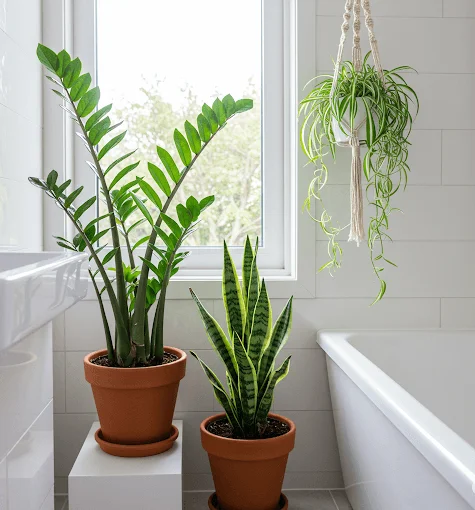
Indoor plants outgrow their space for a few key reasons:
- Natural growth patterns: Some species, like fiddle-leaf figs or rubber plants, are designed to grow tall, while trailing plants like pothos or philodendrons spread horizontally.
- Optimal conditions: When provided with ideal light, moisture, and nutrients, plants thrive and can grow faster than expected.
- Over-potting or overfeeding: Giving plants too much soil or fertilizer can encourage vigorous growth beyond your desired size.
Recognizing your plant’s natural tendencies helps you plan and manage its growth strategically — keeping it attractive and proportionate to your room.
2. Choose the Right Plant for the Space
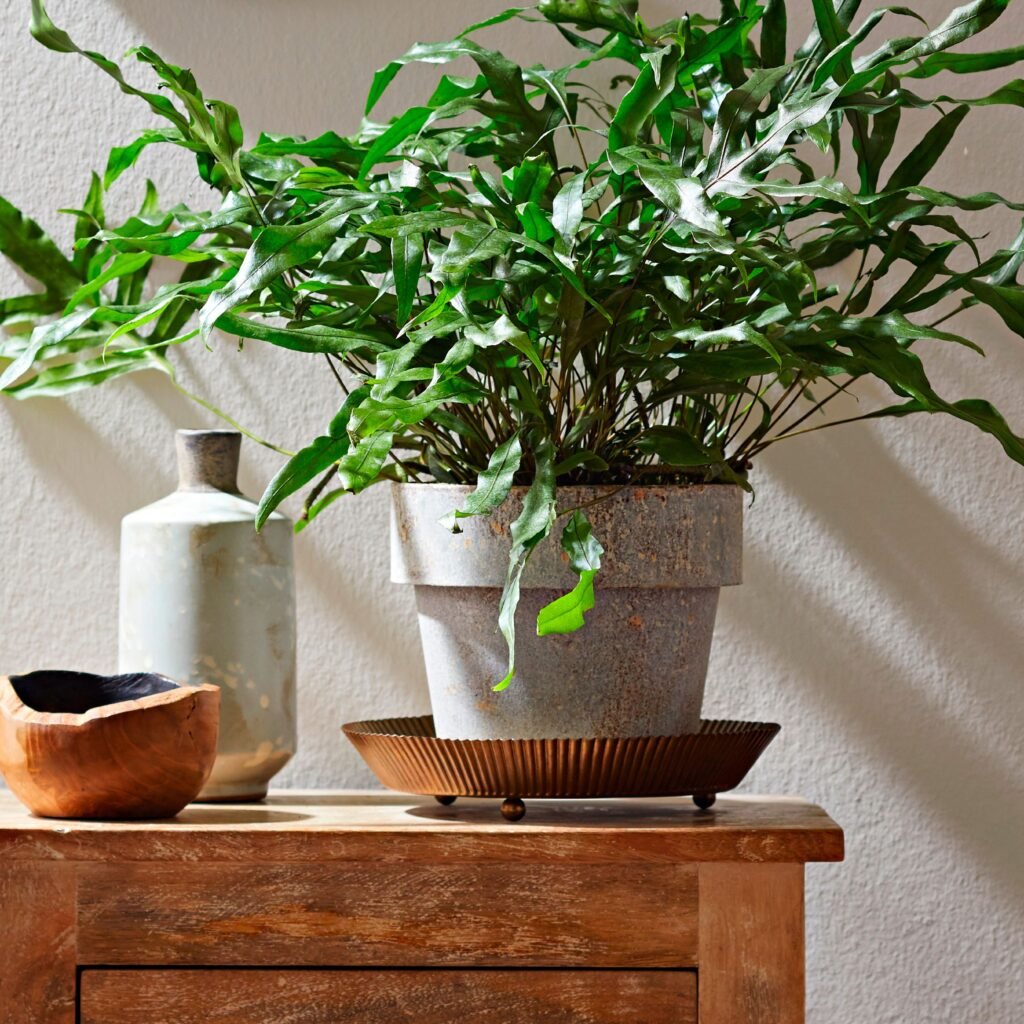
Before worrying about how to control size, it’s important to match the plant to the space. Selecting species that naturally fit your environment saves you future hassle.
Best Plants for Compact Spaces:
- Small upright plants: Snake Plant, Peace Lily, ZZ Plant
- Compact trailing plants: English Ivy, String of Pearls, Heartleaf Philodendron
- Miniature or dwarf varieties: Dwarf Schefflera, Mini Monstera (Rhaphidophora tetrasperma), Pygmy Date Palm
If you have limited vertical space, avoid fast-growing or tree-like plants such as Fiddle Leaf Figs, Bird of Paradise, or Areca Palms unless you’re ready for regular maintenance.
3. Control Growth with Regular Pruning
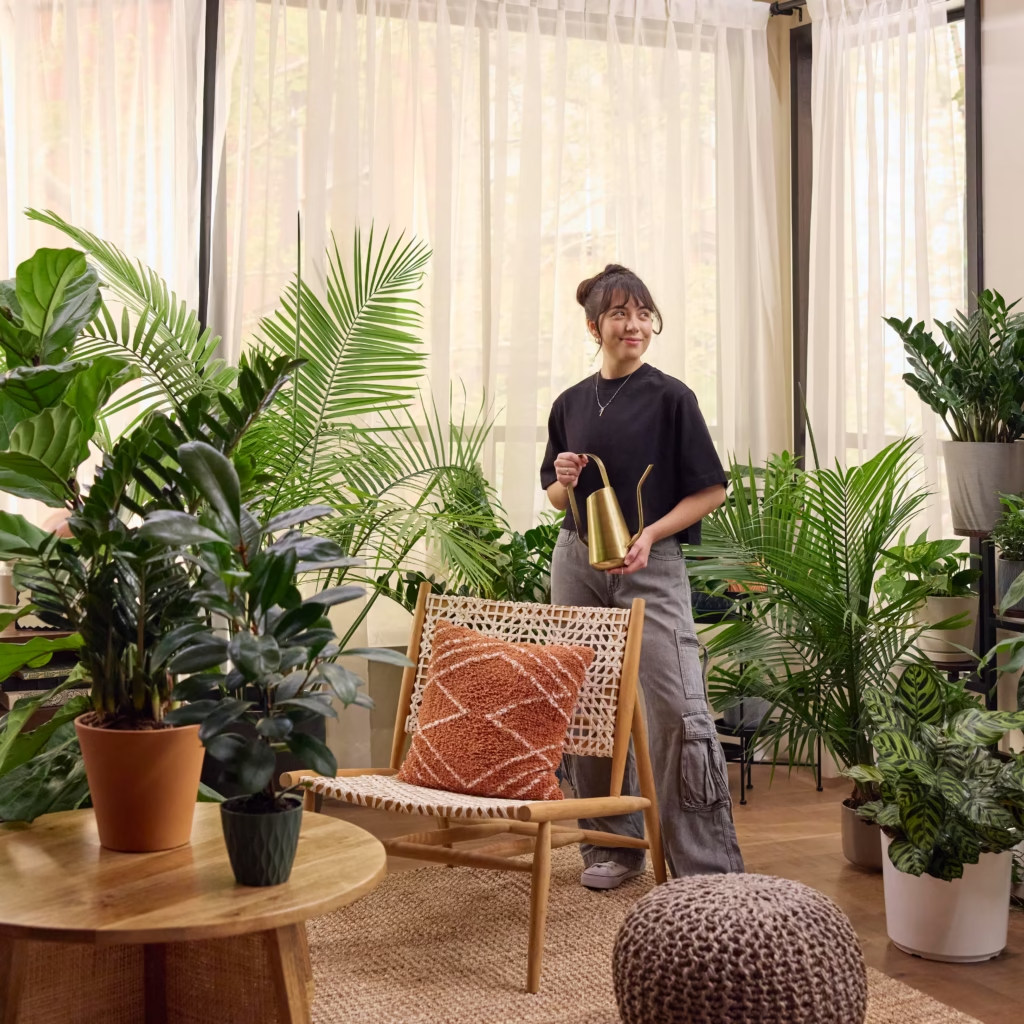
Pruning is the most effective and sustainable way to prevent your plants from outgrowing their surroundings. It helps maintain shape, size, and density while encouraging healthy new growth.
Pruning Tips:
- Trim during active growth seasons (spring and summer) when plants recover quickly.
- Use sterilized, sharp shears to avoid infection.
- Cut above leaf nodes (where a leaf joins the stem) to encourage branching.
- Remove leggy, yellowed, or dead leaves regularly to keep plants compact and neat.
- For trailing or vining plants, snip back long runners to encourage fuller, bushier growth instead of length.
Example: A Pothos or Philodendron can be kept lush and dense by trimming long vines and replanting the cuttings for a fuller look.
4. Limit Pot Size to Restrict Root Growth
Pot size plays a direct role in controlling a plant’s growth. When roots have ample space, they expand quickly — and the plant above the soil follows suit. Conversely, keeping plants in a slightly snug pot helps limit growth naturally.
Guidelines for Pot Management:
- Avoid unnecessary repotting: Only repot when roots are visibly emerging from drainage holes or when water drains too quickly.
- Choose smaller containers: This restricts root expansion and maintains a manageable size.
- Refresh soil instead of upsizing pots: Every 1–2 years, replace the top few inches of soil to rejuvenate nutrients without changing pot size.
This method keeps your plant healthy but contained, especially for species like Monsteras or Rubber Plants that tend to grow large quickly.
5. Adjust Lighting Conditions for Balanced Growth
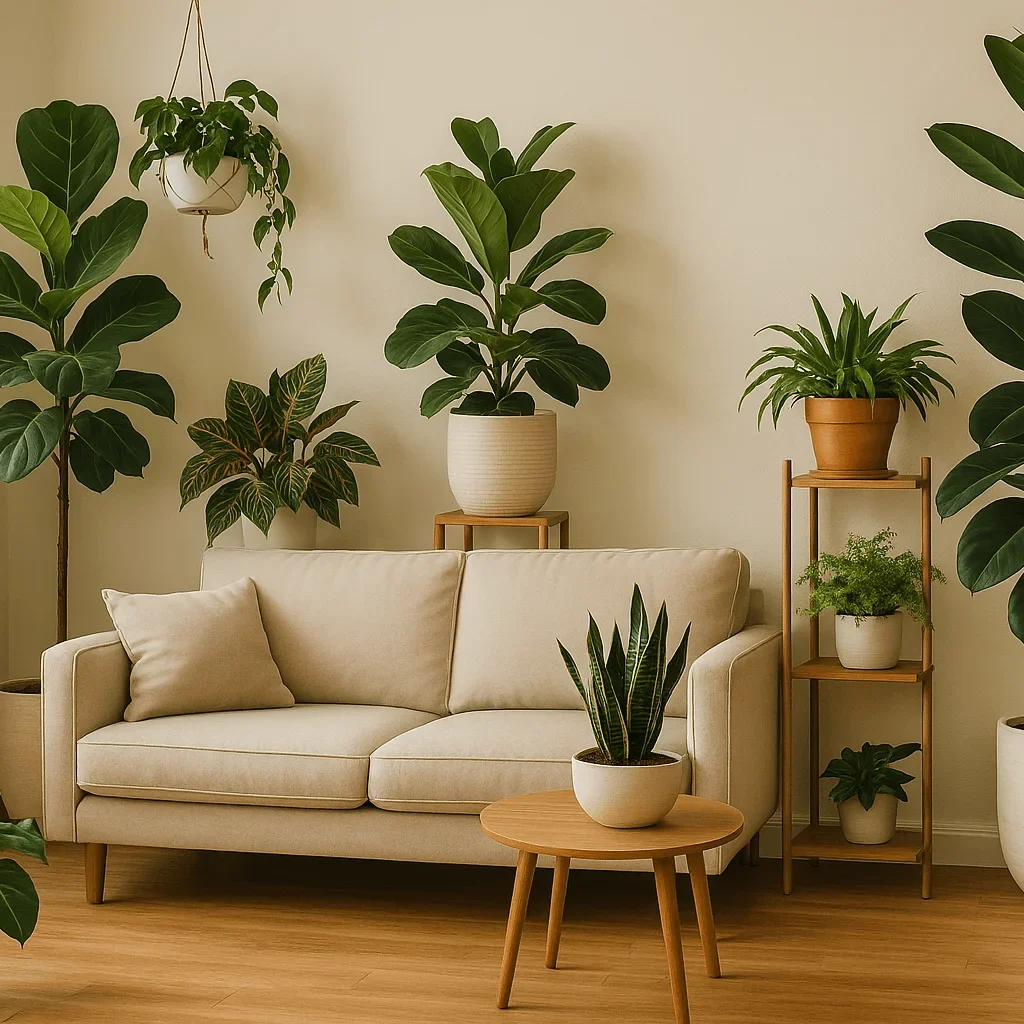
Light fuels photosynthesis, which in turn fuels growth. While you should never deprive a plant of essential light, slightly moderating light exposure can slow down overly vigorous growth.
Light Management Tips:
- Move fast-growing plants slightly away from their brightest light source.
- Use filtered or indirect light for tropical varieties instead of full sun.
- Rotate pots regularly to ensure even growth and prevent one-sided stretching.
However, remember: too little light leads to leggy, weak stems. The goal is to balance light intensity to maintain steady but moderate growth.
6. Manage Fertilizer Use Carefully
Fertilizer provides nutrients that accelerate growth — especially nitrogen, which promotes lush foliage. To keep your indoor plants compact, you must fertilize wisely.
Smart Fertilizing Practices:
- Use diluted fertilizer (half the recommended strength) during growing seasons.
- Reduce feeding during fall and winter when most plants slow their growth naturally.
- Opt for balanced or low-nitrogen formulas (like 5-10-10) instead of high-nitrogen blends.
- Avoid over-fertilizing, which can lead to root burn and uncontrollable top growth.
A nutrient-balanced approach encourages sturdy, healthy plants without excessive expansion.
7. Use Pruning and Propagation to Maintain Manageability
When plants become too large, pruning alone may not be enough — propagation is an excellent solution to both reduce size and multiply your plant collection.
Steps for Propagation:
- Cut healthy stems or leaves during pruning.
- Place the cuttings in water or moist potting mix.
- Once roots form, pot them into small containers.
This method keeps your main plant compact while creating smaller plants to share or display elsewhere. It works wonderfully for species like pothos, monstera, and philodendron.
8. Utilize Growth Regulators (Natural Alternatives)
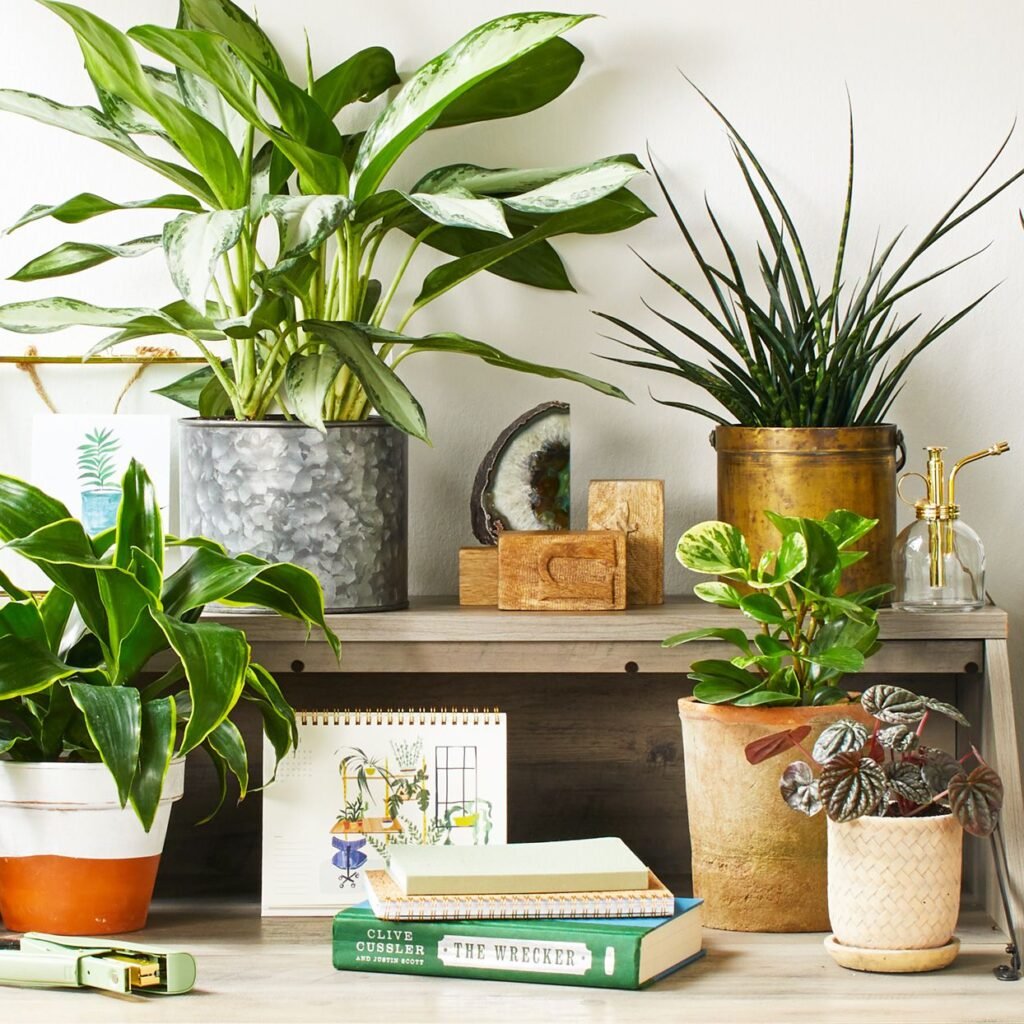
If your plant’s growth remains too vigorous even after pruning and pot adjustments, you can use natural methods to slow it down.
Natural Growth Control Techniques:
- Reduce watering slightly: Water only when the top inch of soil is dry. Limited water reduces nutrient uptake, slowing growth.
- Cooler temperatures: Slightly cooler indoor conditions (around 18–20°C) slow growth without harming most tropical plants.
- Less frequent repotting: Prevents roots from expanding excessively.
- Pinching tips: Regularly pinch off new growth tips to direct energy into maintaining existing leaves instead of growing taller.
These subtle adjustments keep your plants in check while preserving their health and beauty.
9. Train and Shape Tall or Sprawling Plants
For plants that naturally grow tall or wide, training and shaping can help them stay visually pleasing without taking over your space.
Training Techniques:
- Use stakes or moss poles for climbing plants like Monsteras or Philodendrons to encourage vertical, controlled growth.
- For trailing plants, guide vines along shelves, trellises, or hanging baskets to save floor space.
- Regularly rotate and rearrange stems to create balance and prevent crowding.
Shaping your plant not only keeps it proportionate but also adds a decorative element to your indoor design.
10. Know When to Downsize or Replace
Sometimes, even with careful management, a plant may simply outgrow your available space. When this happens, it’s best to make a practical decision rather than struggle to contain it.
Options to Consider:
- Gift or rehome the mature plant to someone with more space.
- Take cuttings and start a smaller version of the same plant.
- Relocate larger plants to a balcony, patio, or outdoor area (if the climate allows).
Downsizing doesn’t mean failure — it’s part of responsible plant care and ensures that both you and your plants continue to thrive comfortably.
11. Keep a Routine Maintenance Schedule
Consistency is key when managing plant growth indoors. A regular care schedule helps you notice early signs of overgrowth, stress, or imbalance.
Monthly Maintenance Checklist:
- Check for root growth and repot only if necessary.
- Trim any leggy stems or overgrown branches.
- Dust leaves regularly for better photosynthesis.
- Inspect for pests or diseases that can affect growth.
This proactive approach keeps your plants healthy, manageable, and looking their best.
Conclusion
Keeping indoor plants from outgrowing their space is all about balance and foresight. By selecting the right species, controlling light and nutrients, pruning regularly, and managing pot size, you can maintain a thriving indoor garden that complements your living area instead of overwhelming it.
Think of plant growth management not as restriction, but as cultivation — shaping your green companions to suit your home’s rhythm and style. With patience, regular care, and mindful adjustments, your indoor plants will remain beautiful, balanced, and perfectly sized for years to come.
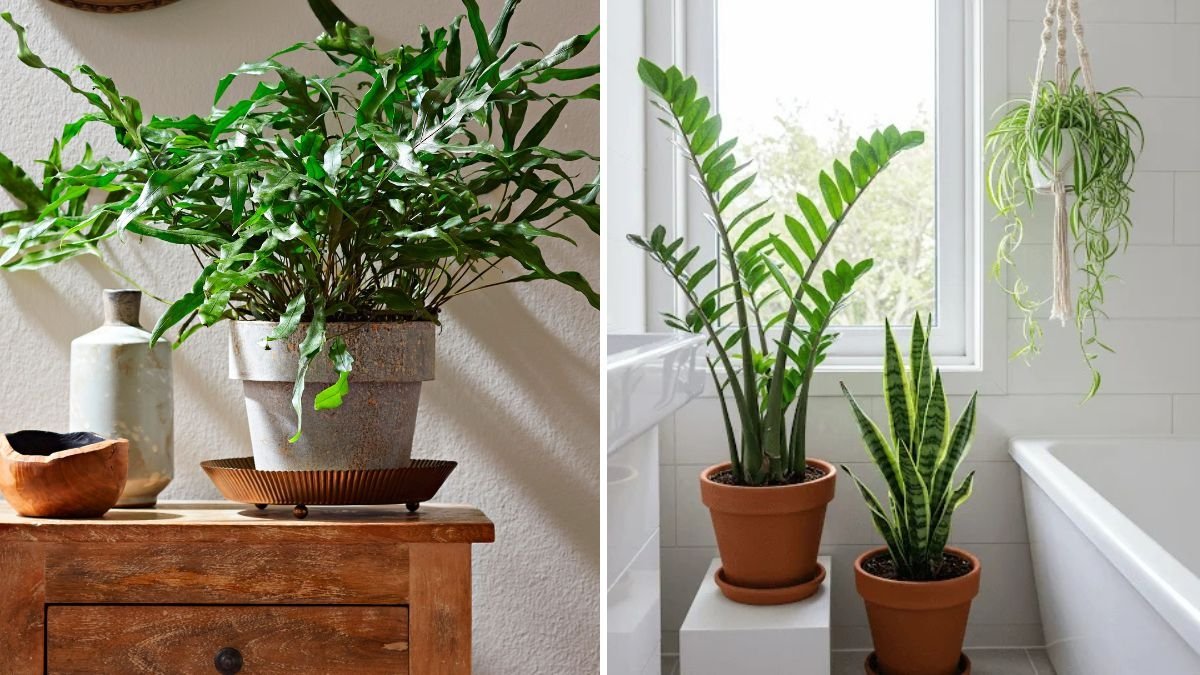




Leave A Comment